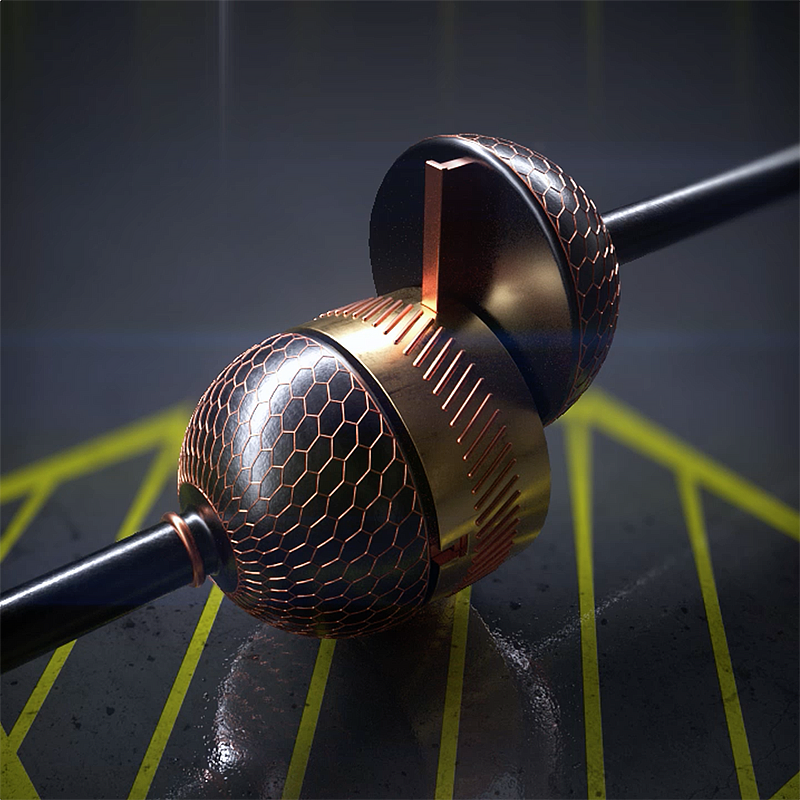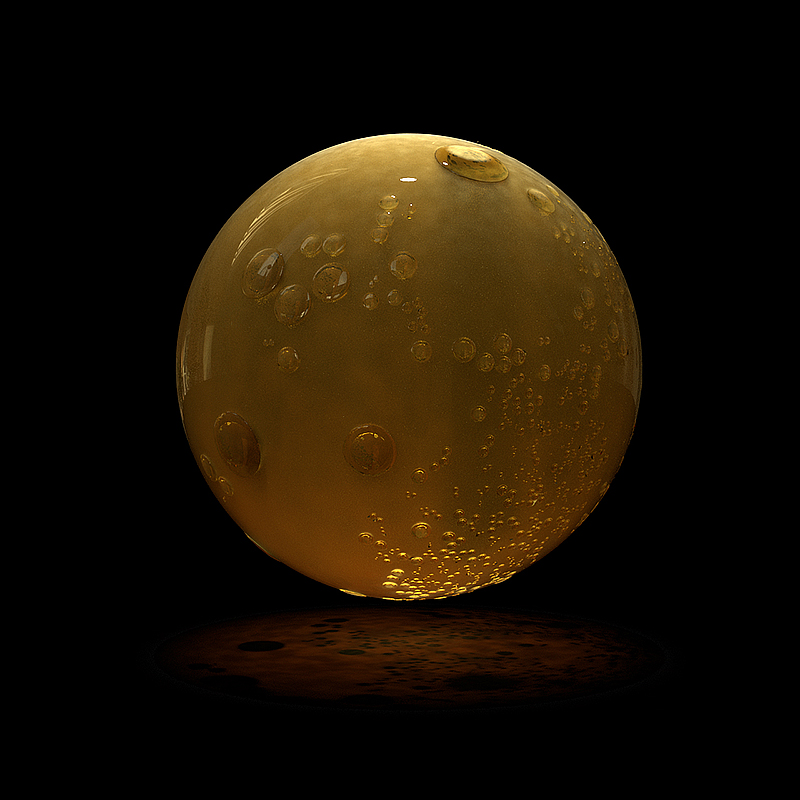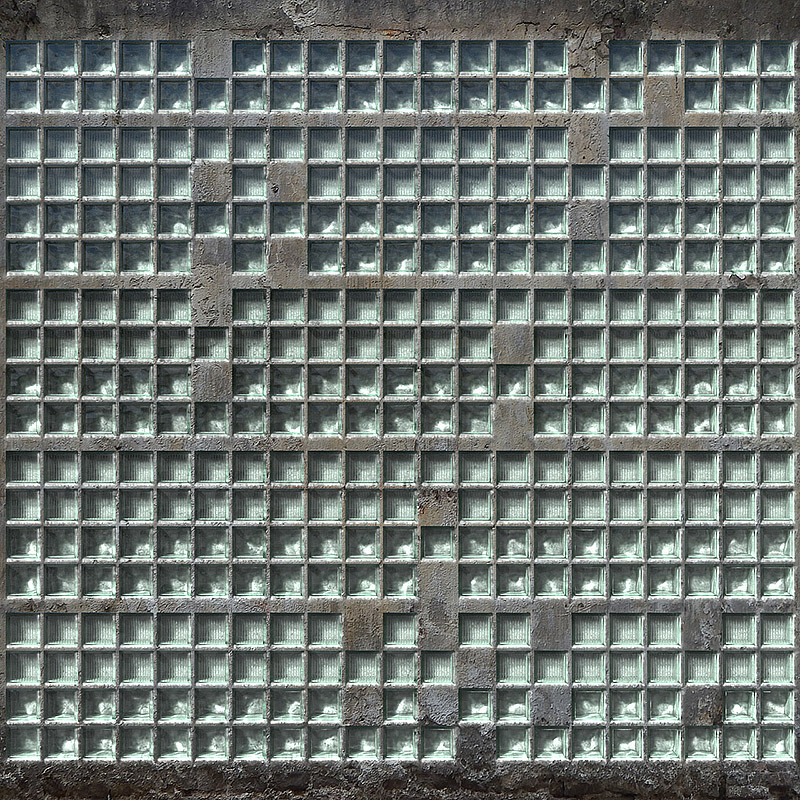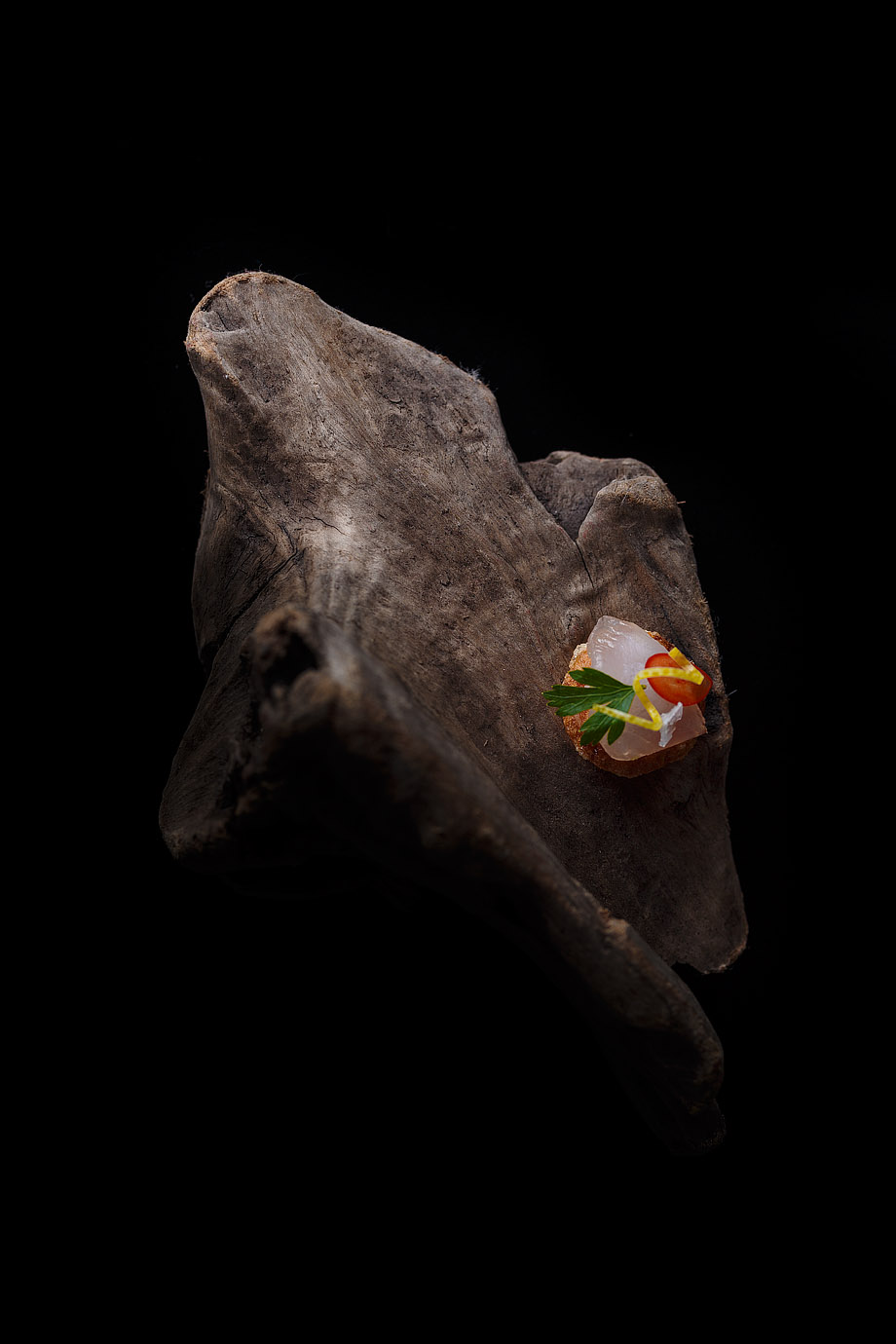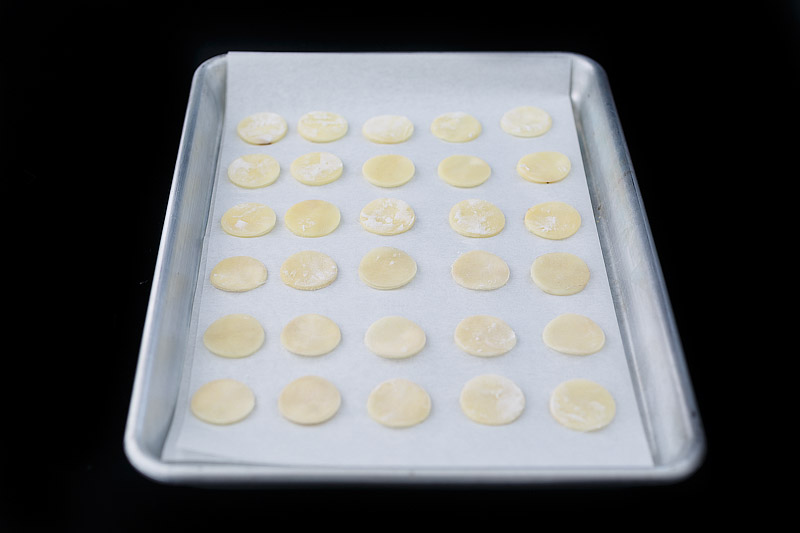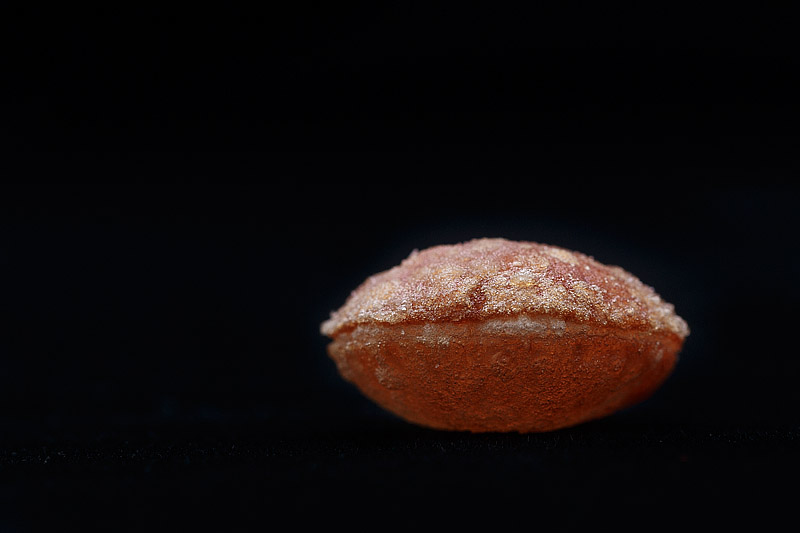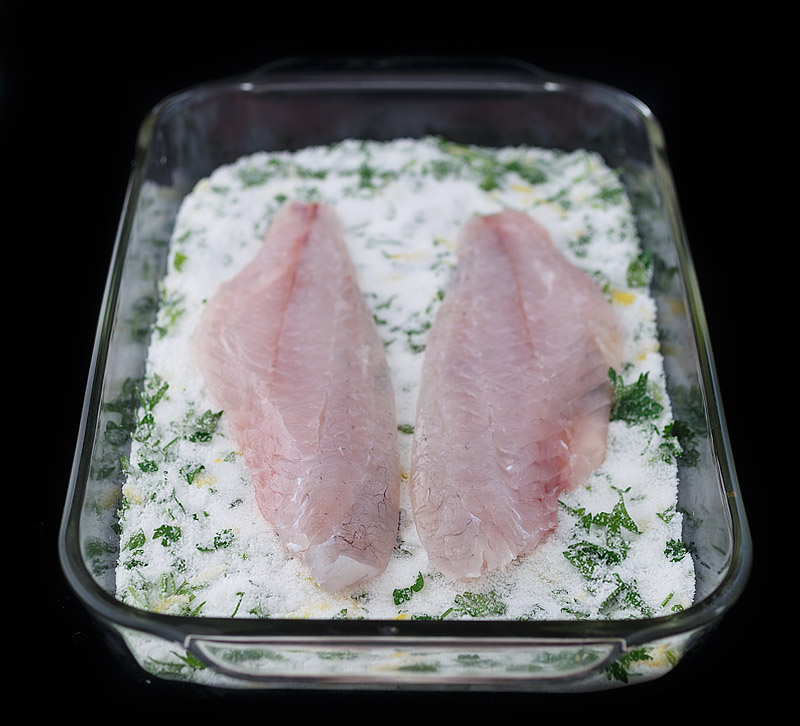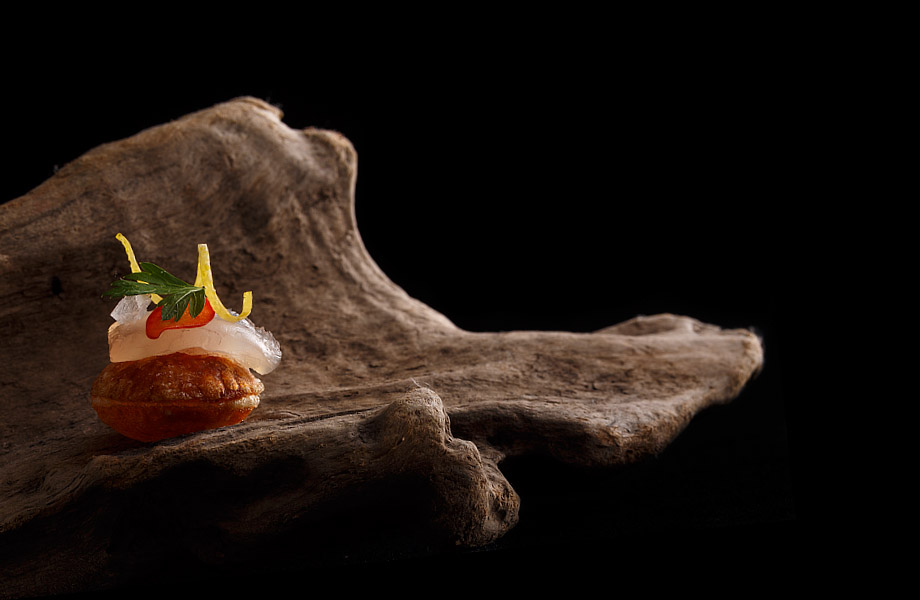So, lemme tell you about my new hero.
A short while ago, a close friend of mine introduced me to Mike Winkelmann, otherwise known as Beeple. Beeple’s backstory: one day, Beeple decided he wanted to be better at ‘art’. To address this, he committed himself to creating something every day. To keep himself honest (and to encourage some standard of innovation), he vowed to post what he’d created online.
He made this decision over 10 years ago, and—get this—hasn’t missed a single day since.
Beeple’s “Everyday” project is absolutely staggering in its breadth and depth. Over the past decade, he’s wandered around amongst several media, from photography to graphic design to music composition to 3d computer graphics. At the point I intersected with him, I was flabbergasted; despite having a couple decades’ experience in computer graphics, it would take me weeks to make one of the pieces he cracks out in a few hours one day.
There are several factors that lead Beeple to be uniquely inspiring to me:
- His focus on his ultimate goal (“be better”)
- The obvious fact that his commitment has paid off in spades: his artwork is incredible. It’s unique, surprising, complex, and, above all, good.
- His work has style. It smacks of Ferran Adria’s indelible quote: “Being creative means not copying”. Making heaps of art is one thing. Making heaps of original art, and making it a point to constantly throw out your own playbook, is quite another.
- His self-deprecation at every turn (“beeple-crap”, “The best I can do”, etc.) make it clear that he doesn’t have his head up his own ass. This, to me, is critical. It supports what I might call my Golden Rule: “be really good at something, and don’t be an asshole about it.”
Now, to suggest I’m unique in finding this guy inspiring is just an abomination; Beeple has inspired hundreds of clones on social media; a quick search for the hashtag #everyday will open the gates to his followers. Nevertheless, it’s hard to not find his project motivating.
The problem of innovation under constraint has developed into a fascination with me, and Beeple exemplifies this magnificently. I’ve been fortunate enough to have access to the resources of some of the world’s best visual effect facilities…and yet, I’ve never churned out a picture as complex and complete as one of Beeple’s “Everydays”. Here’s a dude cracking out amazing image after amazing image on his own computer at home, without access to swarms of artists or a massive render farm. The thing that I find so compelling about this is the same question I asked myself about my Alinea project: Can I do this by myself?
Beeple’s ultimate accomplishment is being proof-positive that it’s possible.
So, for the past couple months, I’ve tried to do what he’s doing: I try generating a piece of art, every day, using just the resources I have available to me at home (namely, a macBook Pro). It’s interesting trying to do this. It’s also interesting trying to be staunchly against copying anything (myself included). Trying to force myself to try new things—to remind myself when I’m doing something that’s comfortable to stop and try doing something uncomfortable instead—is exceedingly difficult for me. My opinion of myself is that I’m rarely visionary, but I’m a really good craftsman. If you slide me an idea, I’m good at executing it well. The Alinea project, as I saw it, was basically me just executing a bunch of someone else’s ideas. And the visual effects industry as a whole is far less about free-flowing artistry (at least, at the level which I’m involved) and far more about being a digital craftsman at the behest of a high-powered director. Forcing myself not to refine, but to come up with something new, is challenging.
I’m sharing these experiments on Instagram.



